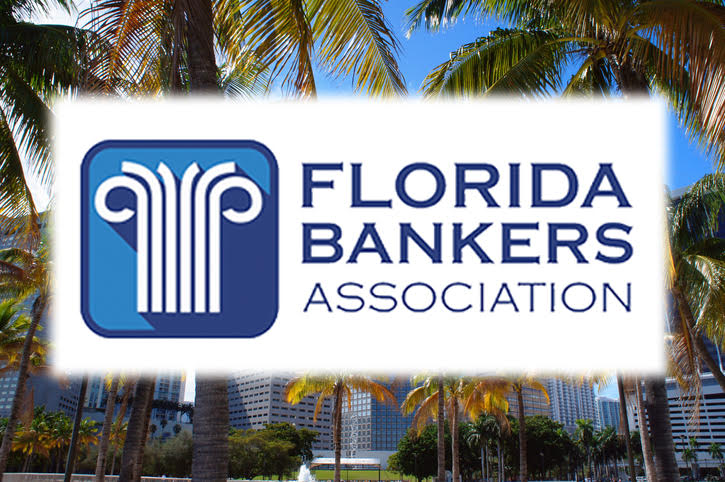
I found the recent article in American Banker, 2023 tech trends banks can't ignore” a pretty i...
Read More

As you all know, bankers are continually required to do more with less… and the management of...
Read More

As I’m sure many of you do, I often check in with the ICBA to see what’s &...
Read More

Despite the fact that “digital transformation” has been with the banking industry since...
Read More